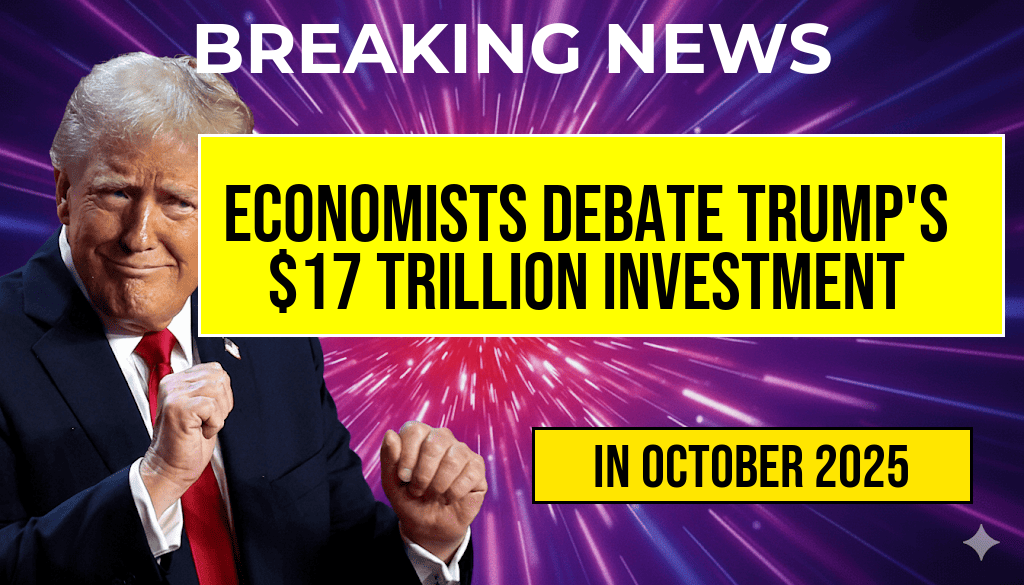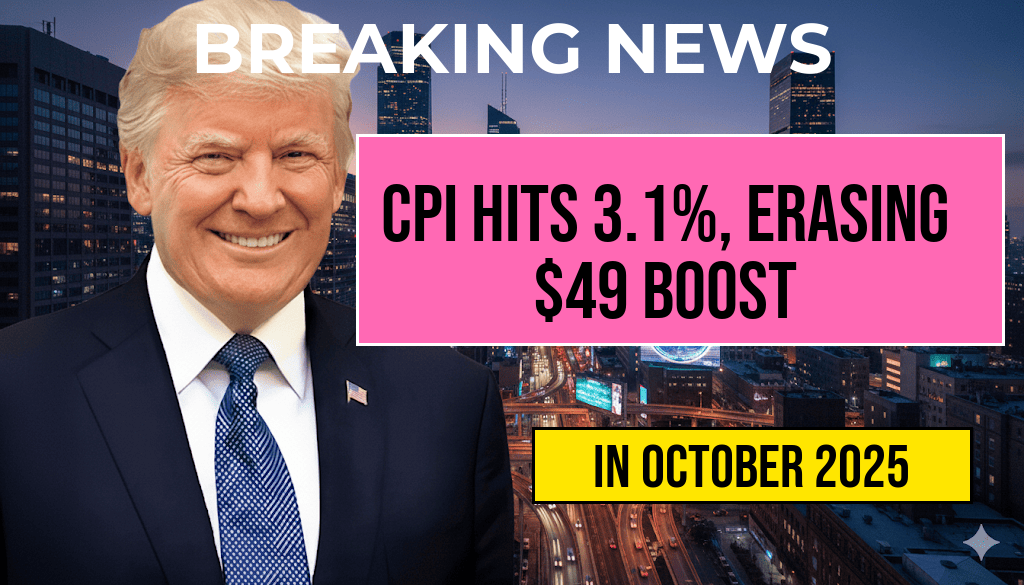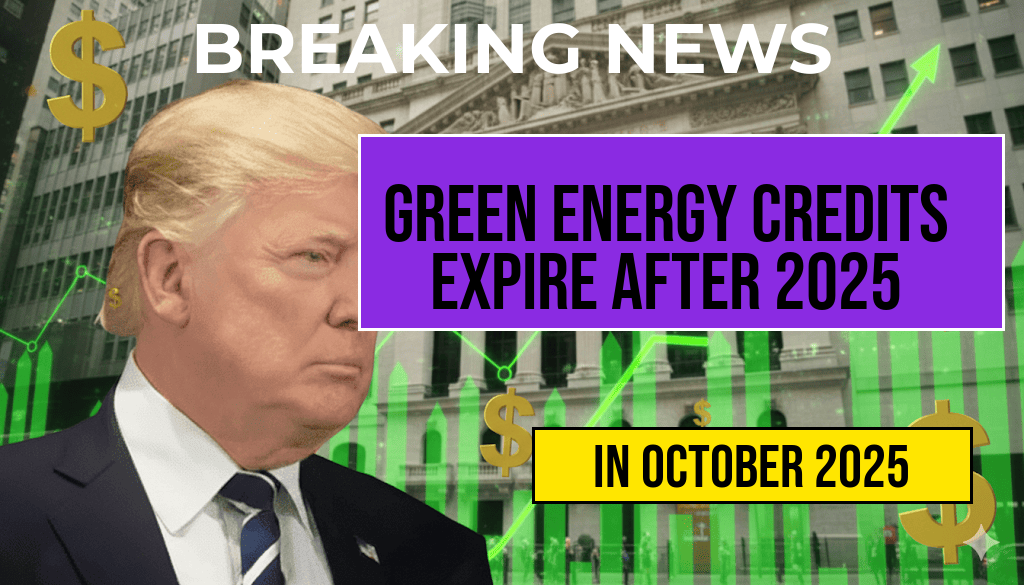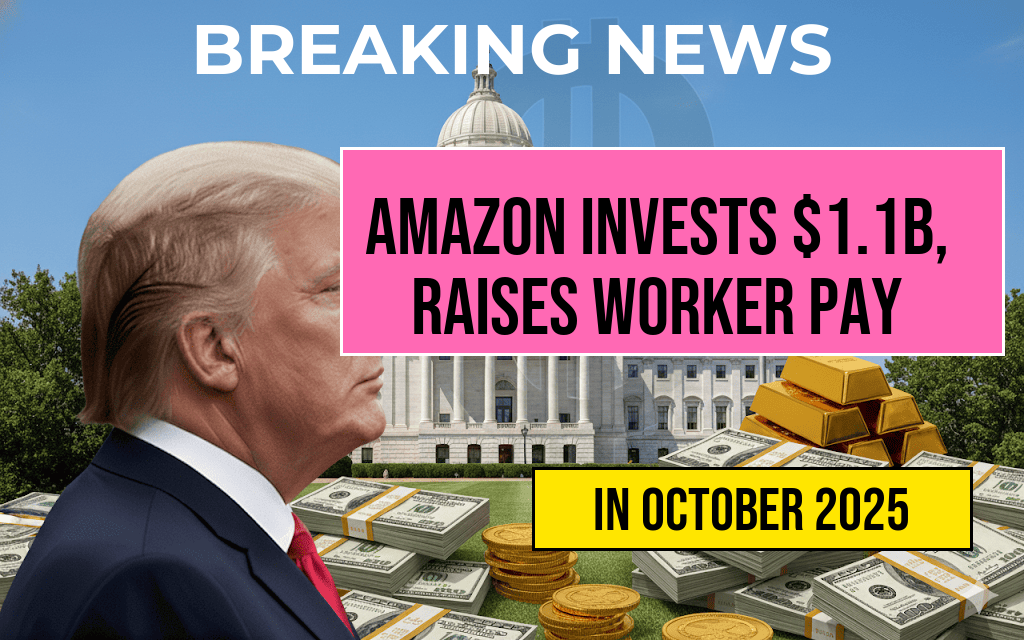Recent reports suggesting that former President Donald Trump’s global investment totals reach approximately $17 trillion have sparked intense debate among economists, policymakers, and financial analysts. The figure, highlighted in a series of leaked documents and media investigations, has raised questions about its accuracy and implications for international markets. While supporters tout it as a testament to Trump’s economic influence, critics argue that the number is inflated or misinterpreted, potentially skewing perceptions of U.S. investment abroad. As the debate unfolds, experts are scrutinizing the methodology behind the reported figure, its origins, and what it reveals about the evolving landscape of global financial flows.
Understanding the Reported Figures and Their Origins
The reported $17 trillion investment figure is believed to encompass a broad spectrum of assets, including direct investments, portfolio holdings, and loans across multiple countries. According to leaked documents obtained by investigative journalists, the figure aggregates data from various sources, including international financial institutions, private sector reports, and government disclosures. The figure’s origin traces back to a comprehensive analysis conducted by a consulting firm aligned with Trump’s administration, aiming to quantify the scope of U.S. economic influence worldwide.
However, the methodology behind the calculation has been a point of contention. Critics argue that such aggregations can significantly overstate actual investment activity by combining different asset classes and timeframes without clear distinctions. For example, portfolio investments—such as stock holdings—are often more volatile and less indicative of long-term economic engagement than direct investments like establishing factories or acquiring tangible assets. The lack of transparency about how these categories are weighted raises questions about the figure’s precision.
Economic Perspectives and Divergent Interpretations
Supporters’ Viewpoints
- Proponents contend that the $17 trillion figure underscores the depth of U.S. economic reach and the global footprint of Trump-era policies.
- They suggest that this number reflects increased confidence among foreign investors in U.S. assets, signaling a robust and resilient economy.
- Supporters also argue that such a figure can serve as a benchmark for measuring future investment trends and U.S. influence in international markets.
Critics’ Concerns
- Economists caution that the figure may conflate different types of investments, leading to an inflated perception of actual economic activity.
- Some experts point out that global investment data are complex and often subject to reporting lags, making such large aggregate numbers potentially misleading.
- There are also concerns that political motivations might influence the presentation of these figures, especially given their timing amidst ongoing debates about U.S. economic policy.
Implications for International Markets and Policy
The revelation of such a substantial investment total has implications beyond mere numbers. If accurate, it could reinforce perceptions of a dominant U.S. economic presence, potentially affecting currency valuations, trade negotiations, and foreign direct investment flows. Conversely, if the figure is found to be overstated or misrepresented, it could undermine confidence in official economic reporting and fuel geopolitical tensions.
Financial markets tend to react sensitively to perceived shifts in foreign investment levels. An increase in U.S. investments abroad might bolster the dollar and U.S. equities, while skepticism about the figures could lead to volatility. Policymakers are closely watching these developments, especially as debates about trade policies, tariffs, and international cooperation continue to shape the economic landscape.
Expert Analysis and Future Considerations
| Source | Reported Investment Total | Notes |
|---|---|---|
| Leaked Documents (Unverified) | $17 trillion | Includes diverse asset classes across multiple countries |
| U.S. Bureau of Economic Analysis | $4.5 trillion (direct foreign investment, 2022) | Focuses on direct investment, more conservative estimate |
| International Monetary Fund | $6.2 trillion (U.S. holdings abroad) | Includes portfolio and direct investment |
Analysts emphasize the importance of contextualizing such figures within the broader scope of global financial data. Dr. Lisa Chen, an economist at the University of Chicago, notes that “aggregated investment totals can be misleading without understanding the composition and quality of those investments.” She recommends a cautious approach to interpreting large, aggregate numbers, advocating for transparency and detailed breakdowns.
As investigations into the origins and accuracy of the $17 trillion figure continue, stakeholders acknowledge the need for clearer reporting standards. The debate underscores ongoing challenges in measuring and comparing international investments, especially amid changing geopolitical dynamics and evolving data collection practices.
For more detailed information on international investment flows, visit Wikipedia’s page on Foreign Direct Investment or consult reports from Forbes Markets.
Frequently Asked Questions
What are the main concerns among economists regarding Trump’s reported global investment totals?
Economists are debating the accuracy and reliability of the reported $17 trillion figure, questioning whether it accurately reflects Trump’s global investment activities and the methodologies used to compile such data.
How does the reported investment total impact perceptions of Trump’s economic policies?
The $17 trillion figure influences public and investor perception by suggesting the scale of Trump’s global economic influence, which can either bolster confidence or raise questions about the transparency and effectiveness of his policies.
What sources or data are used to compile the reported investment totals?
Economists analyze a range of financial disclosures, international investment reports, and private sector data to estimate the total global investments attributed to Trump, leading to debates over the data’s completeness and accuracy.
Why do some experts dispute the reported $17 trillion figure?
Some experts argue that the figure may be an exaggeration or misinterpretation of available data, pointing to the lack of transparency and potential differences in defining what constitutes Trump’s global investments.
What are the potential economic implications of the reported investment totals?
The reported $17 trillion in investments could have significant implications for international trade relations, market confidence, and policy decisions, depending on how accurately the figure reflects actual economic activity.






